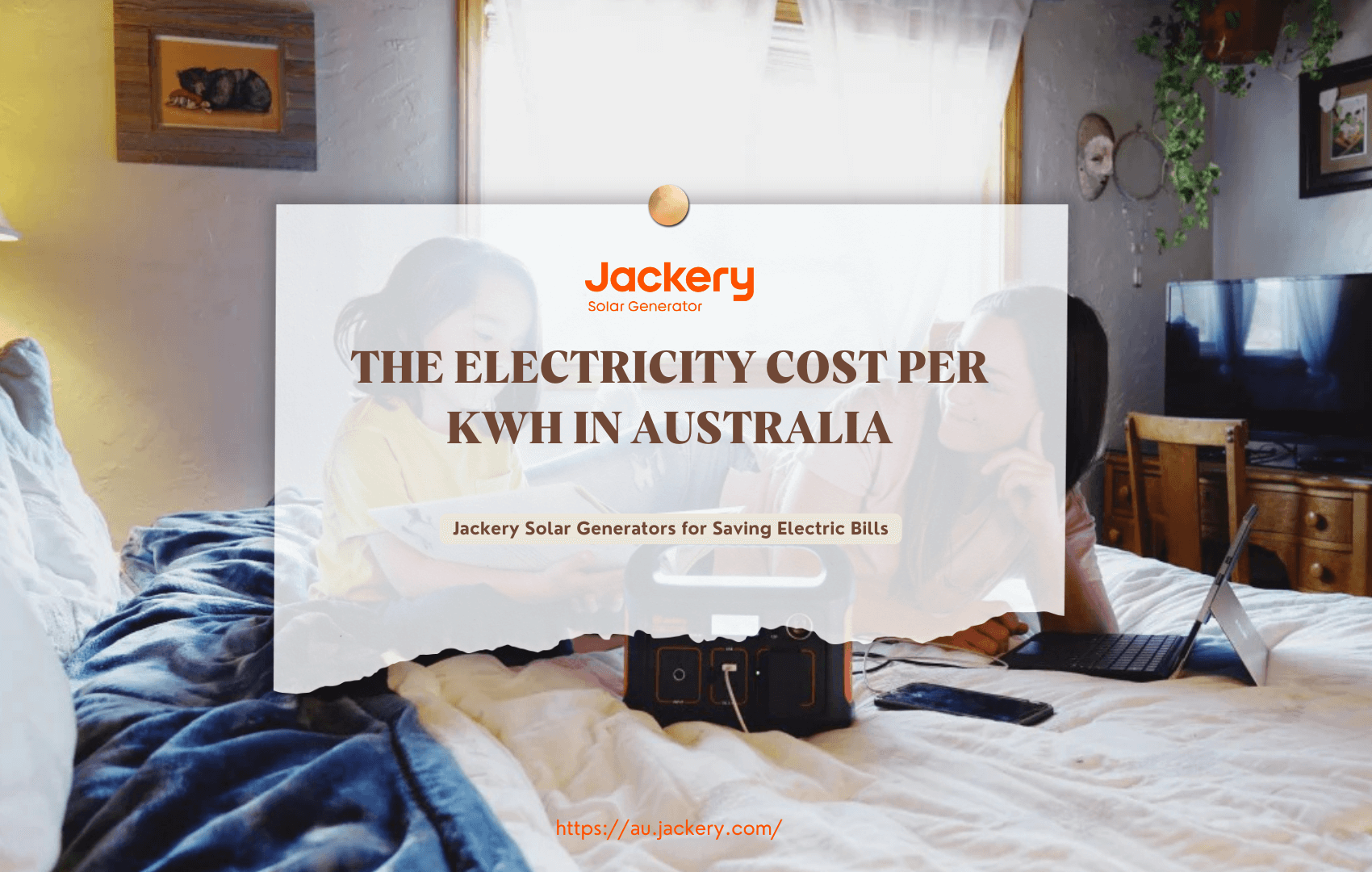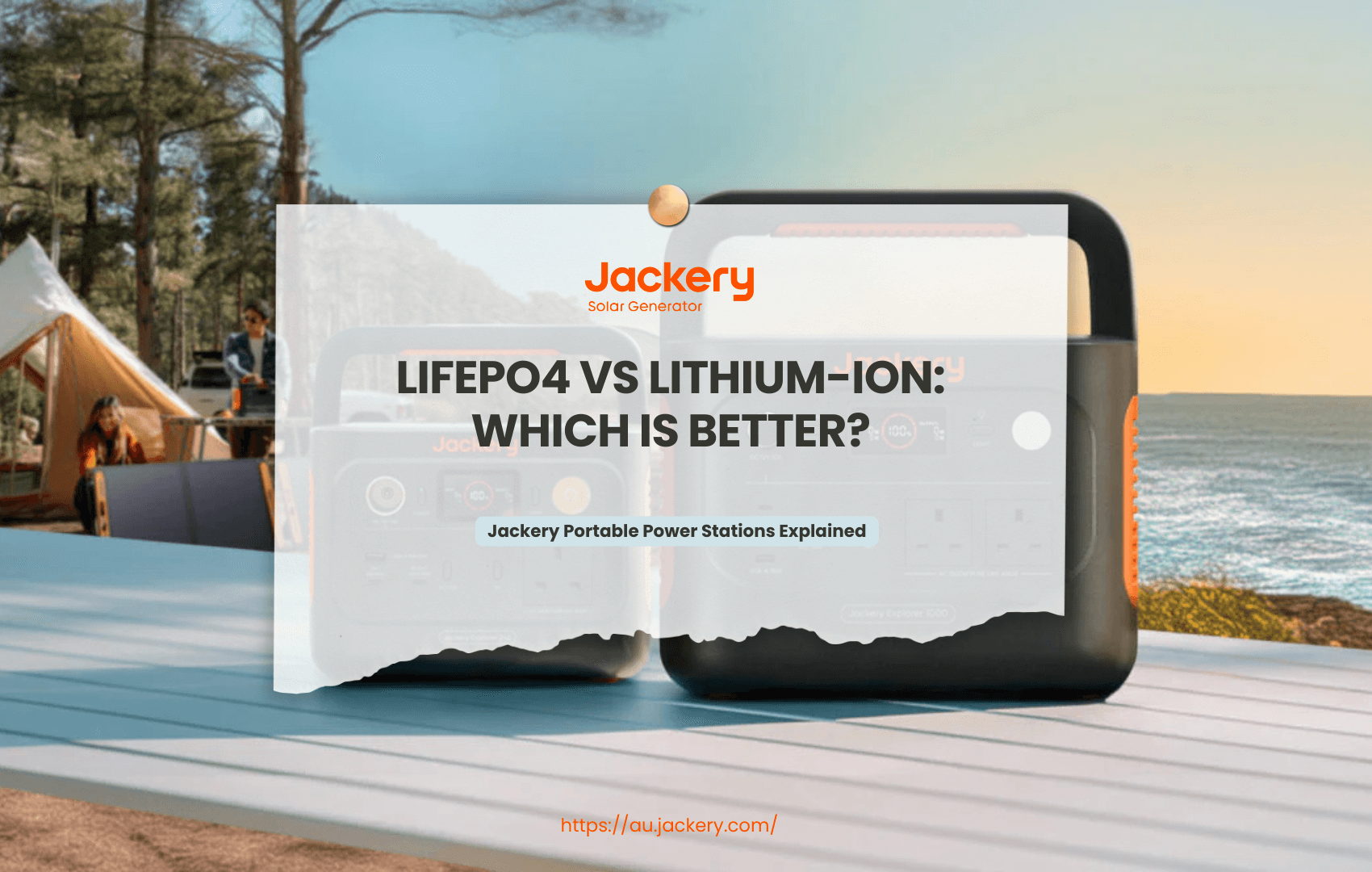|
Key Takeaways: |
|
- Peak times usually refer to when electricity demand is the highest (8:30 to 10:30 or 6:00 to 11:00). In contrast, off-peak times refer to the period when electricity demand is lower (12:00 noon to 5:00 pm). - In New South Wales, AGL's energy plans offer peak times of 30 hours (18%) per week and off-peak times of 63 hours (37%) per week. - In Victoria, AGL's energy plans offer 42 hours (25%) of peak time per week and 126 hours (75%) of off-peak time per week. - In Queensland, AGL's energy plans offer peak times of 35 hours (21%) per week, while its off-peak times are 49 hours (29%) per week. - In South Australia, the peak times of the energy plans offered by AGL account for 98 hours (58%) per week, while its off-peak times account for 35 hours (21%) per week. - We highly recommend Jackery Solar Generator 2000 Plus and 1000 Plus to save energy bills by powering household appliances with unlimited solar energy. |
What Do Peak and Off-Peak Times Mean?
Peak times and off-peak times are two crucial concepts that electricity suppliers use to divide 24 hours a day into different electricity price ranges based on changes in user electricity demand. The specific meanings of these two time periods will be introduced in detail below.
What Are Peak Times?
Peak times are when electricity demand is the highest, which usually coincides with the peak period of people's daily activities. During this period, because many households and businesses use a large number of electrical devices at the same time, the power grid needs to operate at full load or even overload to meet electricity demand.
For example, peak times generally include the period before and after work in the morning, such as 8:30 to 10:30, and the peak electricity consumption period after getting off work in the evening, such as 6:00 to 11:00.
Power companies often set higher electricity prices to cope with peak demand, encourage users to reduce electricity consumption during peak times, and avoid overloading the power grid.
What Are Off-Peak Times?
Off-peak hours include all times other than peak hours and shoulder periods (which refer to periods when electricity consumption is relatively stable and slightly lower than peak hours, such as 12:00 noon to 5:00 pm), especially periods when electricity demand is relatively low, such as night and early morning.
Power suppliers often set lower electricity prices to encourage users to increase electricity consumption during off-peak hours, thereby promoting the full utilisation of power resources.
The Peak and Off-Peak Times of AGL in NSW
In New South Wales, AGL is one of the primary energy suppliers. Its peak and off-peak times are crucial for users to understand the electricity price structure and optimise their consumption strategies. Users can reduce electricity costs by understanding these periods and adjusting their consumption habits reasonably. However, AGL will update the period division regularly, and users should stay tuned for the latest information.
The following is detailed information about AGL's peak times and off-peak times for residential properties in New South Wales (taking postal code 2000 as an example): (Data source: energyse.com.au)
AGL's Peak Times in New South Wales
In New South Wales, the peak times of the 17 energy plans offered by AGL to New South Wales residents are during the same period. The peak times are from 14:00 to 19:59 the next day on Monday, Tuesday, Wednesday, Thursday, Friday, Saturday, and Sunday.
AGL's Off-Peak Times in New South Wales
In New South Wales, the off-peak times of the 17 energy plans offered by AGL are in the same period. The off-peak times of the 17 energy plans AGL offers to New South Wales residents are from 22:00 to 06:59 the next day every day.
The Energy Plans Offered by AGL in New South Wales
In summary, in New South Wales, the peak times of the energy plans offered by AGL account for 30 hours (18%) per week and its off-peak times account for 63 hours (37%) per week. The following are the 17 energy plans offered by AGL in New South Wales with peak times of 14:00 to 19:59 the next day and off-peak times of 22:00 to 06:59 the next day:
• Residential Netflix Plan
• Residential Netflix Plan - 3rd Party
• Residential Seniors Netflix Plan
• Residential Seniors Netflix Plan - New To AGL
• Residential Seniors Saver
• Residential Seniors Saver - New To AGL
• Residential Solar Savers
• Residential Solar Savers - 3rd Party
• Residential Standing Offer
• Residential Value Saver
• Residential Value Saver - 3rd Party
• Residential Value Saver - BP Fuel
• Residential Value Saver - BP Fuel New To AGL
• Residential Value Saver - Velocity
• Residential Value Saver - Velocity New To AGL
• Residential Value Saver - Westpac
• Residential Value Saver - Westpac New to AGL

The Peak and Off-Peak Times of AGL in VIC
In Victoria, AGL, a major energy supplier, divides the day into peak and off-peak times to manage electricity demand better and optimise resource utilisation. The following is detailed information about the peak times and off-peak times of AGL's homes in Victoria (taking the postal code 3000 as an example): (Data source: energyse.com.au)
AGL's Peak Times in Victoria
Currently, in Victoria, the peak times of the energy plans offered by AGL are in the same period. The peak times of the 20 energy plans AGL offers Victoria residents are from 15:00 to 21:00 on Monday, Tuesday, Wednesday, Thursday, Friday, Saturday and Sunday.
AGL's Off-Peak Times in Victoria
Currently, in Victoria, the off-peak times of the energy plans offered by AGL have two time periods. The 20 energy plans AGL offers Victorian residents are off-peak times from 21:00 to 00:00 the next day and from 00:00 to 15:00 every day.
The Energy Plans Offered by AGL in Victoria
In Victoria, AGL's energy plans offer 42 hours (25%) of peak time per week and 126 hours (75%) of off-peak time per week. The following are the 20 energy plans offered by AGL in Victoria with peak times of 15:00 to 21:00 and off-peak times of 21:00 to 00:00 the next day and from 00:00 to 15:00 every day:
• AGL Residential Value Saver
• Residential Netflix Plan
• Residential Netflix Plan - 3rd Party
• Residential Seniors Netflix Plan
• Residential Seniors Netflix Plan - New To AGL
• Residential Seniors Saver
• Residential Seniors Saver - New To AGL
• Residential Solar Savers
• Residential St Kilda Value Saver
• Residential St Kilda Value Saver - New To AGL
• Residential Standing Offer
• Residential Value Saver (Melbourne Victory)
• Residential Value Saver (Melbourne Victory) - New To AGL
• Residential Value Saver (Velocity)
• Residential Value Saver (Velocity) - New To AGL
• Residential Value Saver (Westpac)
• Residential Value Saver (Westpac) - New To AGL
• Residential Value Saver - 3rd Party
• Residential Value Saver - BP Fuel
• Residential Value Saver - BP Fuel New To AGL
The Peak and Off-Peak Times of AGL in QLD
AGL, one of Queensland's primary energy suppliers, offers flexible electricity price plans for residential and business customers, including peak and off-peak times. The following is detailed information about the peak times and off-peak times of AGL's residences in Queensland (taking the postal code 4000 as an example): (Data source: energyse.com.au)
AGL's Peak Times in Queensland
The peak times of the energy plans provided by AGL in Queensland are during the same period. The peak times of the 17 energy plans AGL offers for Queensland residents are from 16:00 to 20:59 on Monday, Tuesday, Wednesday, Thursday, Friday, Saturday, and Sunday.
AGL's Off-Peak Times in Queensland
Currently, in Queensland, the off-peak times of the energy plans provided by AGL are in the same period. The off-peak times of the 17 energy plans AGL offers to Queensland residents are 09:00 to 15:59 on Monday, Tuesday, Wednesday, Thursday, Friday, Saturday and Sunday.
The Energy Plans Offered by AGL in Queensland
In summary, in Queensland, the peak times of the energy plans offered by AGL account for 35 hours (21%) per week, while its off-peak times account for 49 hours (29%) per week. The following are the 17 energy plans offered by AGL in Queensland with peak times of 16:00 to 20:59 and off-peak times of 09:00 to 15:59:
• Residential Netflix Plan
• Residential Netflix Plan - 3rd Party
• Residential Seniors Netflix Plan
• Residential Seniors Netflix Plan - New To AGL
• Residential Seniors Saver
• Residential Seniors Saver - New To AGL
• Residential Solar Savers
• Residential Solar Savers - 3rd Party
• Residential Standing Offer
• Residential Value Saver
• Residential Value Saver - 3rd Party
• Residential Value Saver - BP Fuel
• Residential Value Saver - BP Fuel New To AGL
• Residential Value Saver - Velocity
• Residential Value Saver - Velocity New To AGL
• Residential Value Saver - Westpac
• Residential Value Saver - Westpac New to AGL

The Peak and Off-Peak Times of AGL in SA
As one of the major energy suppliers in South Australia, AGL offers residents time-of-use electricity price plans, which include peak and off-peak times. Understanding the specific division of these periods and the corresponding electricity price policies can help users manage their electricity consumption more effectively and reduce their electricity bills.
The following is detailed information about the peak times and off-peak times of AGL's homes in South Australia (taking the postal code 5000 as an example): (Data source: energyse.com.au)
AGL's Peak Times in South Australia
Currently, in South Australia, AGL offers energy plans with three peak times. The peak times of the 17 energy plans AGL offers South Australian residents are 06:00 to 09:59, 15:00 to 23:59, and 00:00 to 00:59 the next day on every day.
AGL's Off-Peak Times in South Australia
Currently, AGL offers energy plans in South Australia with the exact off-peak times. The off-peak times of the 17 energy plans AGL offers South Australian residents are 01:00 to 05:59 on Monday, Tuesday, Wednesday, Thursday, Friday, Saturday and Sunday.
The Energy Plans Offered by AGL in South Australia
In South Australia, the peak times of the energy plans offered by AGL account for 98 hours (58%) per week, while its off-peak times account for 35 hours (21%) per week. The following are the 17 energy plans offered by AGL in South Australia with peak times of 06:00 to 09:59, 15:00 to 23:59 and 00:00 to 00:59 the next day, and off-peak times of 01:00 to 05:59 every day:
• Residential Netflix Plan - 3rd Party No Exit Fee
• Residential Netflix Plan - No Exit Fee
• Residential Seniors Netflix Plan
• Residential Seniors Netflix Plan - New To AGL
• Residential Seniors Saver (No Exit Fee)
• Residential Seniors Saver - New to AGL (No Exit Fee)
• Residential Solar Savers (No Exit Fee)
• Residential Solar Savers - 3rd Party
• Residential Standing Offer - No Exit Fee
• Residential Value Saver (No Exit Fee)
• Residential Value Saver - 3rd Party
• Residential Value Saver - BP Fuel
• Residential Value Saver - BP Fuel New To AGL
• Residential Value Saver - Velocity (No Exit Fee)
• Residential Value Saver - Velocity New To AGL
• Residential Value Saver - Westpac (No Exit Fee)
• Residential Value Saver - Westpac New to AGL
How to Make the Most of AGL's Off-Peak Times?
AGL Energy Company has set off-peak times in Australia to encourage users to use electricity more efficiently. During these times, electricity costs are relatively low. These off-peak times can significantly reduce household expenses and improve environmental protection. Here are some ways to make full use of AGL's off-peak times:

Tip 1: Understand AGL's Off-Peak Times
First, you need to know the off-peak times set by AGL. These times are usually when electricity demand is relatively low, such as at night and on weekends. However, AGL may adjust these times depending on the season and region, so users must check the AGL official website or contact customer service regularly for the latest information.
Tip 2: Review Electricity Usage Regularly
You should regularly check your electricity bill and the electricity usage report provided by AGL to better understand your household's electricity usage patterns and trends. In addition, by installing smart meters, households can more intuitively know when it is off-peak time, allowing them to arrange electricity usage activities more flexibly. AGL usually provides innovative meter installation services for users, and users can contact AGL to apply for them.
Tip 3: Adjust Daily Electricity Habits
Families can make a detailed electricity plan to combine daily activities with electricity use. Scheduling the operation time of high-power consumption equipment during off-peak times is usually the key to saving electricity bills.
Modern home appliances are generally equipped with a timing function, which users can set in advance to ensure that these devices automatically start at off-peak times. For example, home appliances such as washing machines, dryers, dishwashers and pool filtration systems can be controlled and set to run at off-peak times through intelligent control.
Tip 4: Consider Energy Storage Devices
If your budget is sufficient, installing a solar system or battery energy storage equipment is undoubtedly a long-term and wise choice. For example, you can use battery energy storage devices (such as Jackery Portable Power Stations or Jackery Solar Generators) during off-peak times when electricity prices are cheap to store enough electricity for use during peak hours when electricity prices are higher.
Tip 5: Pay attention to AGL's Promotions
AGL often launches promotions and reward programs to encourage users to use electricity during off-peak times. Therefore, you can pay special attention to AGL's official website to keep up with the latest offers. For example, AGL may offer benefits such as off-peak times, electricity discounts or bonus points.
Jackery Solar Generators for Saving Electric Bills
In addition to taking advantage of electricity off-peak times, you can also consider having a solar generator to save your bills by using solar energy—free and unlimited renewable power.
A solar generator saves electricity by using free sunlight to make power. This means you don't have to buy electricity from the grid, which lowers your energy bills over time. You're not paying for fuel because you're using the sun's energy instead, which makes it a cheaper option in the long run, even if it costs more to buy at first.

Here, we recommend Jackery Solar Generator, which combines Jackery Solar Panels with Portable Power Stations to turn sunlight into electricity. All you need to do is take this set on the outdoor ground on sunny days. Recharge the Portable Power Station for a few hours to use off-peak times. Jackery Solar Generators' capacities range from 300Wh to 12 kWh, which are big enough to power essential household appliances to save electric bills effectively.
Jackery Solar Generator 2000 Plus
The Jackery Solar Generator 2000 Plus is the ideal way to back up your home's power. It gives you more power and options to charge appliances with expandable capacity. This powerhouse can hold up to five more battery packs and has a 12kWh capacity that can be expanded. It will power you for up to a week without using regular electricity, saving you money on your electric bill.
It is easy to use Jackery Solar Generator 2000 Plus; all you need to do is use connectors and cables to connect Jackery SolarSaga 200W solar panels to the Explorer 2000 Plus portable power station. You can choose to pair two or six pieces of solar panels; the more solar panels you connect, the more sunlight conversion efficiency it will have. Besides, the parallel or series connecting methods are all suitable for 2000 Plus. Recharging Explorer 2000 Plus is easy; it only takes 2.5 hours to fully recharge it, or using wall outlets for 1.7 hours or a carport for 25 hours.
2 kWh: This is enough to charge some essential and small appliances, such as your phone, computer, TV, etc.
4 kWh: Power relative to higher appliances, such as the kettle, microwave, fridge, etc.
12 kWh: Capable of powering a house for a few days.
The Solar Generator 2000 Plus is centred on longevity and safety. Its 10-year lifespan is guaranteed by its LiFePO4 battery chemistry, and its cutting-edge ChargeShield Technology provides 62 layers of protection to protect your devices and prolong battery life. This generator is designed to provide dependable, extremely safe performance in any circumstance and is certified by the FCC, CE, and UL standards.

(*The working hours are only for reference; the actual working hours depend on your usage.)
Jackery Solar Generator 1000 Plus
Discover the strength and adaptability of the Jackery Solar Generator 1000 Plus, intended to increase your energy independence so that you can save your electric bills relatively. Jackery Solar Generator 1000 Plus combines a Jackery SolarSaga 100W or 200W solar panel with an Explorer 1000 Plus. This portable generator's amazing 2000W output and sturdy 1264Wh capacity power 99% of equipment, making saving household utility electricity easier.
Like the Solar Generator 2000 Plus, it has expandable capacity. Because of its expandable design, you can connect up to three additional battery packs, increasing its capacity to an incredible 5kWh, sufficient for one to three days of backup power at home. To use Solar Generator 1000 Plus, you only need to connect Explorer 1000 Plus with a SolarSaga solar panel.
1.25 kWh: Charging some small appliances in tiny houses or off-grid cabins.
5 kWh: Powering low-to-high appliances, even the iron, electric oven, and dryer.
Recharging Explorer 1000 Plus is also easy. You can recharge a SolarSaga 100W in 18 hours or a SolarSaga 200W for 9 hours. You can also recharge it by wall outlets (1.7 hours) and carport (14.5 hours). Its LiFePO4 battery cells provide longevity, with 4,000 charge cycles and ten years of dependable performance.
Take control with the Jackery App, which offers real-time monitoring and customisation through WiFi or Bluetooth. Compact, efficient, and built to last, the Jackery 1000 Plus is backed by a 3+2 year warranty, ensuring peace of mind as you embrace sustainable energy solutions.

(*The working hours are only for reference; the actual working hours depend on your usage.)
FAQs about AGL Peak and Off-Peak Times
The following are the frequently asked questions about AGL peak and off-peak times in Australia.
1. What is the cheapest time to use electricity?
In Australia, electricity prices vary by region and power supply policy, but electricity costs are generally relatively low during specific periods (typically off-peak times). Generally, most regions implement a time-of-use electricity price system, dividing the day into peak and off-peak times.
For example, 10 pm to 7 or 8 am the following day is usually considered off-peak times. Therefore, residential users can save electricity costs by adjusting their usage habits and arranging high-power consumption activities during this period.
2. What are AGL peak vs off-peak times?
Significant differences exist in electricity demand, prices, and power supply stability between AGL's peak and off-peak times. Peak electricity consumption usually occurs during the day, between 8 am and 5 pm. During this period, due to residents' concentrated electricity consumption in their daily lives, electricity demand peaks, so there may be a risk of insufficient power supply.
Off-peak times usually occur in the early morning, from 9 pm to 7 am the following day. During this period, electricity consumption is relatively low, and the power grid may have excess electricity. AGL adjusts electricity prices (usually lower during off-peak times) to balance electricity supply and demand and improve the efficiency of grid resource utilisation.
3. Which is cheaper, AGL or Origin?
According to statistics and comparisons from canstarblue.com.au, AGL's prices in Victoria are comparable to those of Origin. However, Origin Energy's prices in New South Wales, Queensland, and South Australia are higher than those of AGL.
Final Thoughts
Peak and off-peak electricity prices are only available to consumers who sign up for a "time-of-use" or "flexible pricing" electricity rate. Therefore, single-rate users do not need to worry about when they use electricity during the day because the price will remain the same. Rationally, peak and off-peak electricity prices may be beneficial for some households.
However, this may not be the best choice for those who are at home and use a lot of electricity in the evening. The above-detailed introduction lets Australian households fully understand the specific information about AGL's peak and off-peak times.

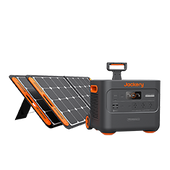

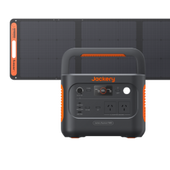









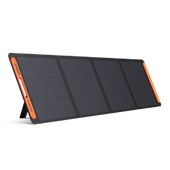
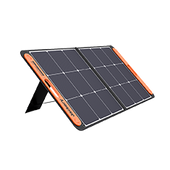














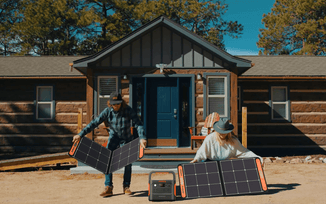
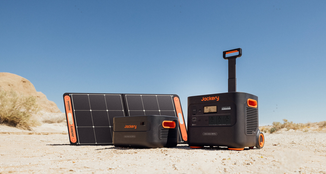










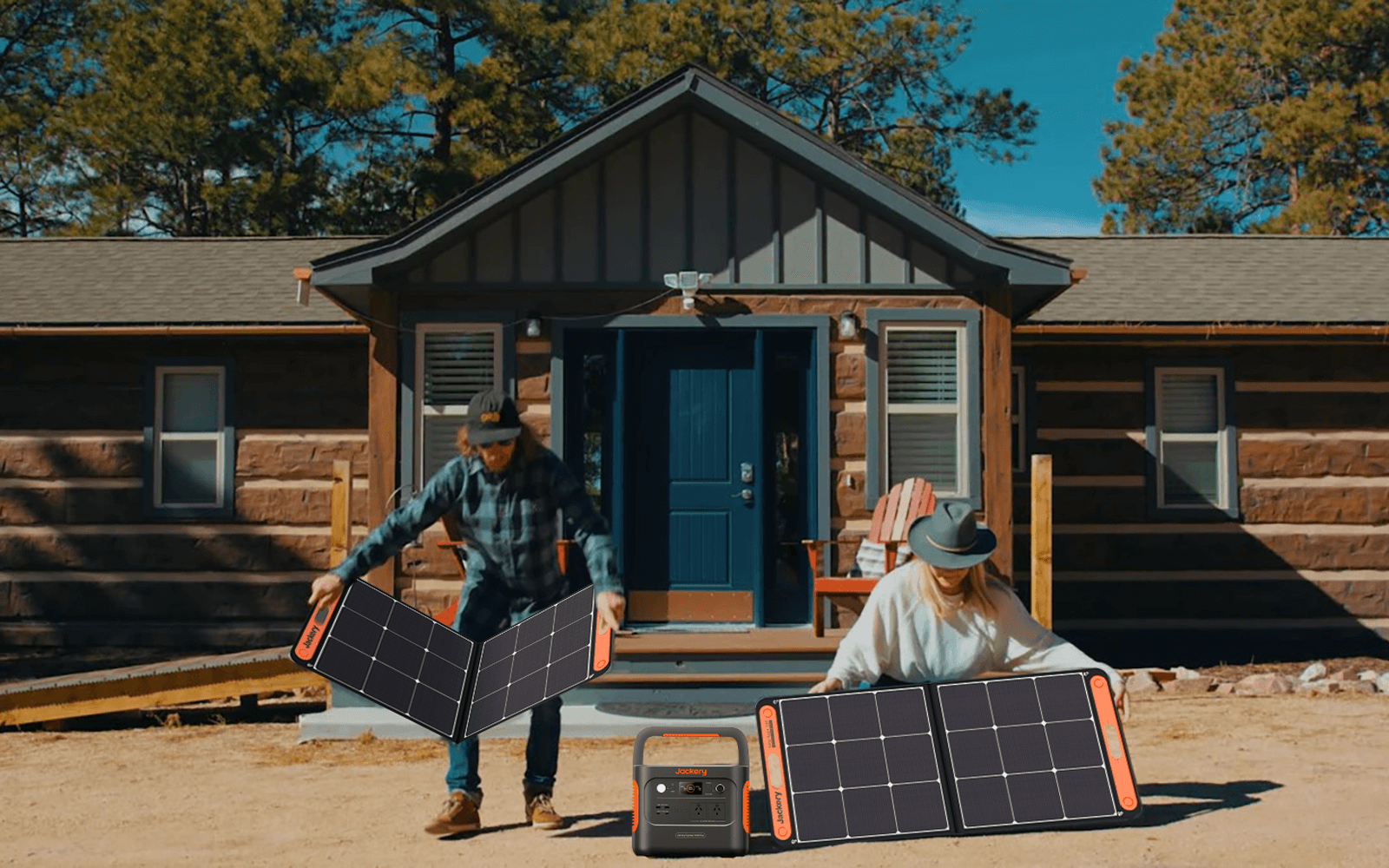
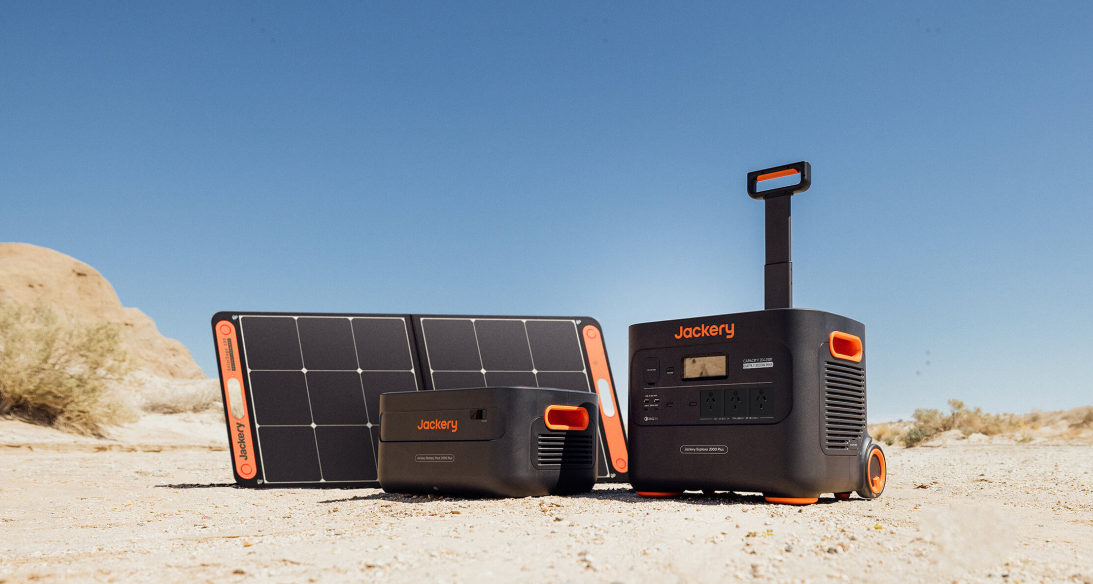

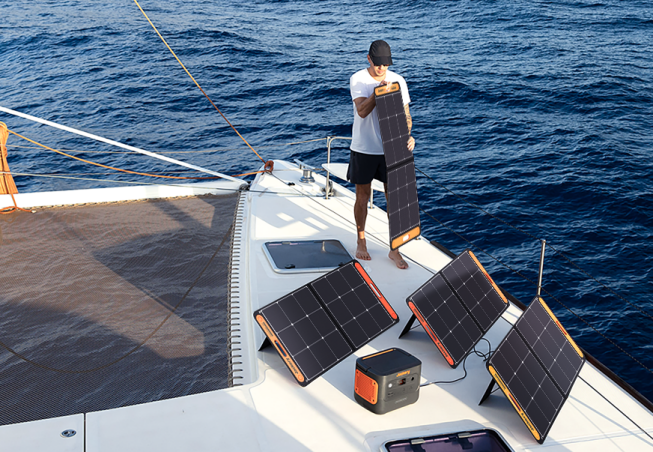



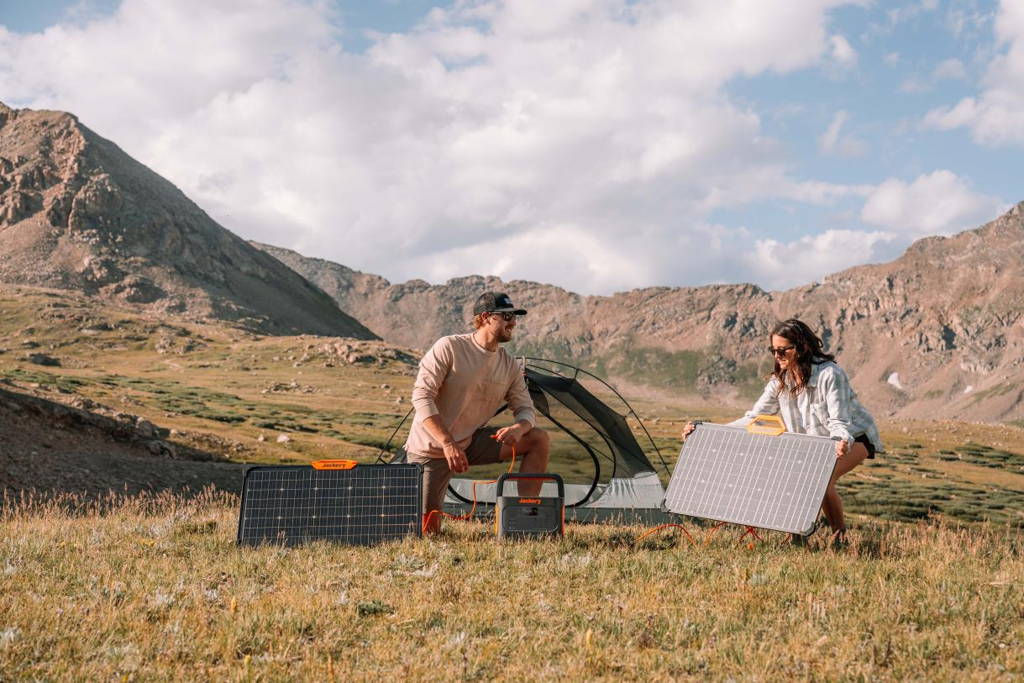


![Guide to AGL Peak and Off-Peak Times [2025 Update]](http://au.jackery.com/cdn/shop/articles/agl_peak_and_off_peak_times_guide.png?v=1740707646)





